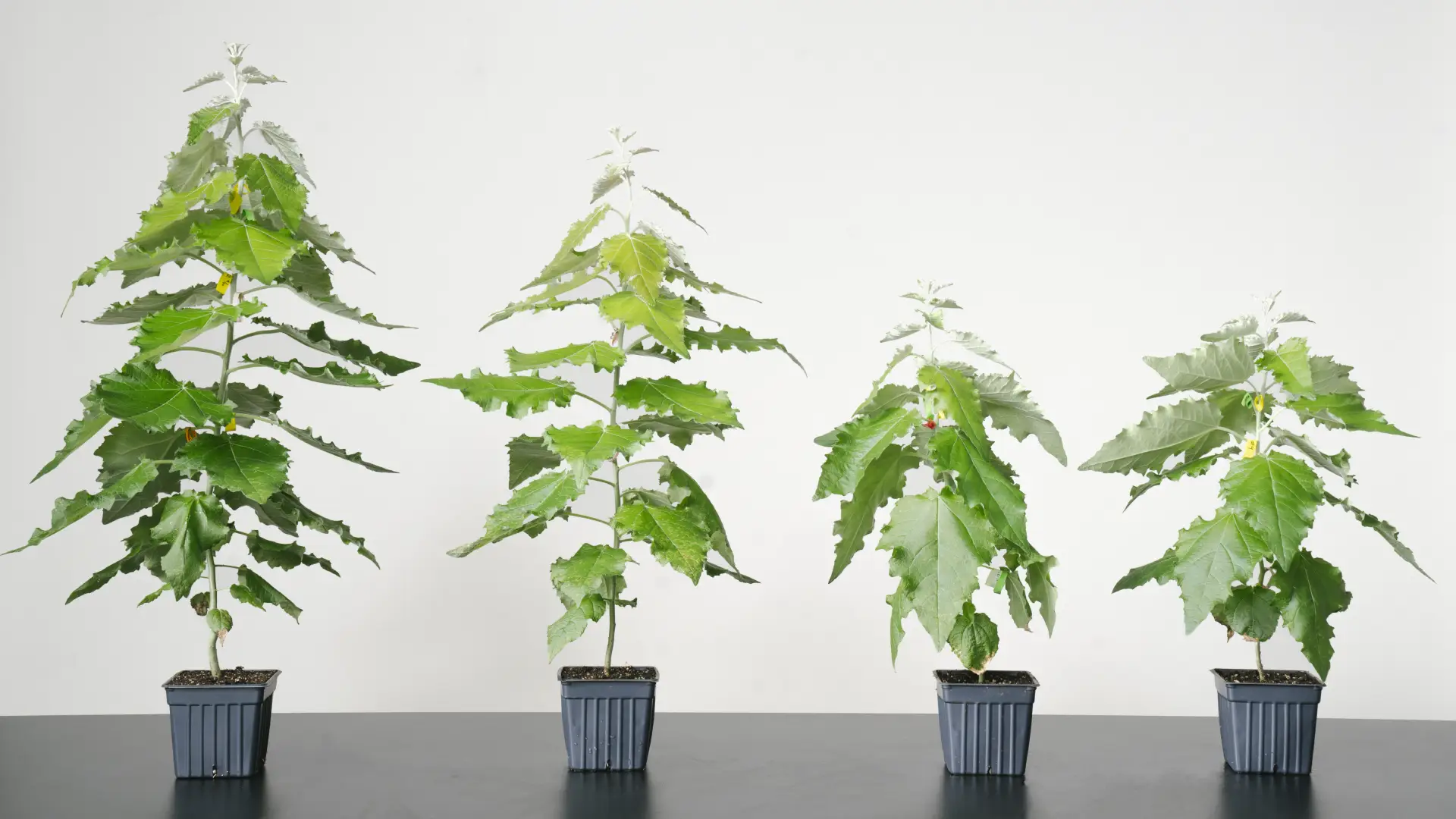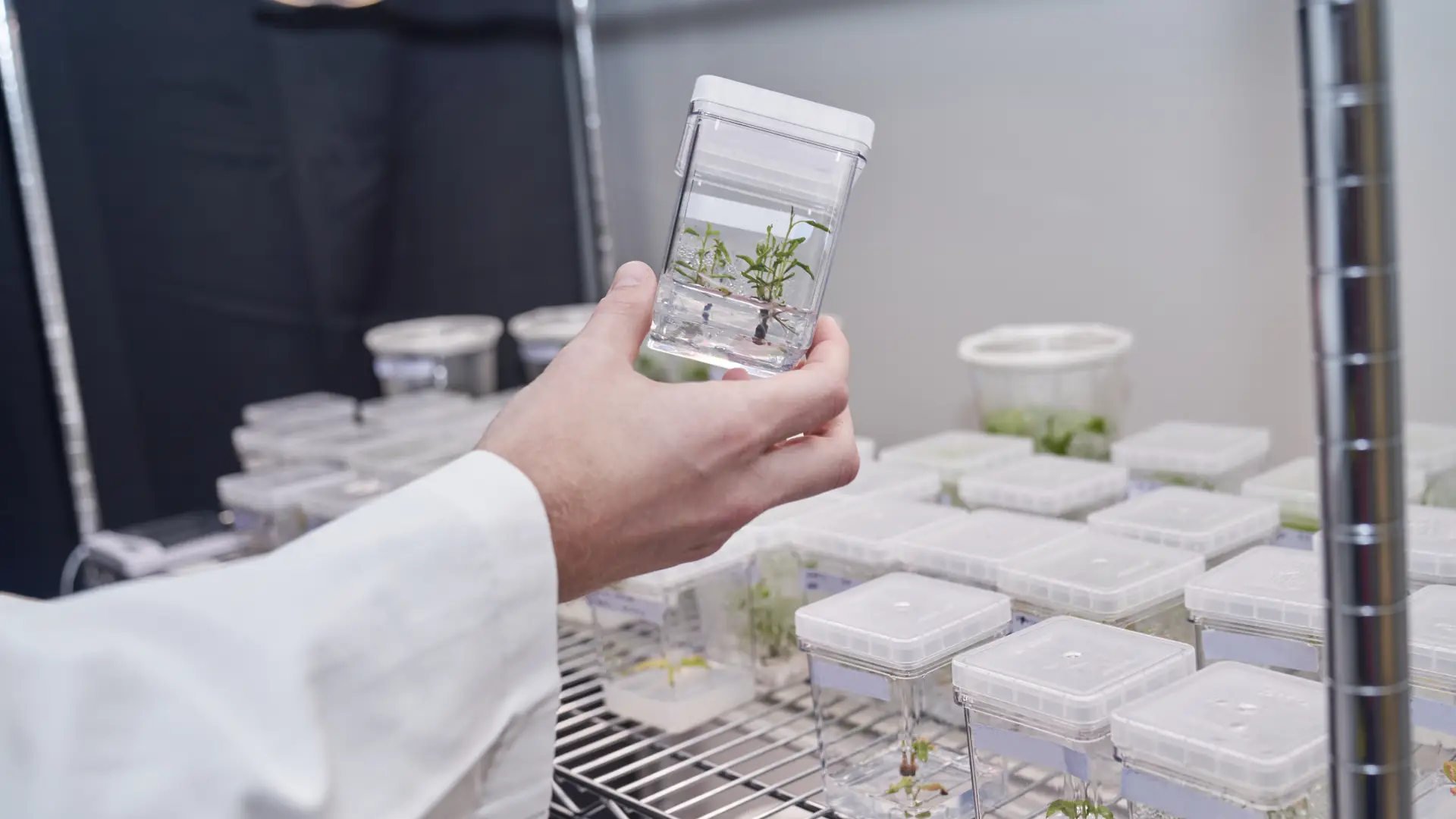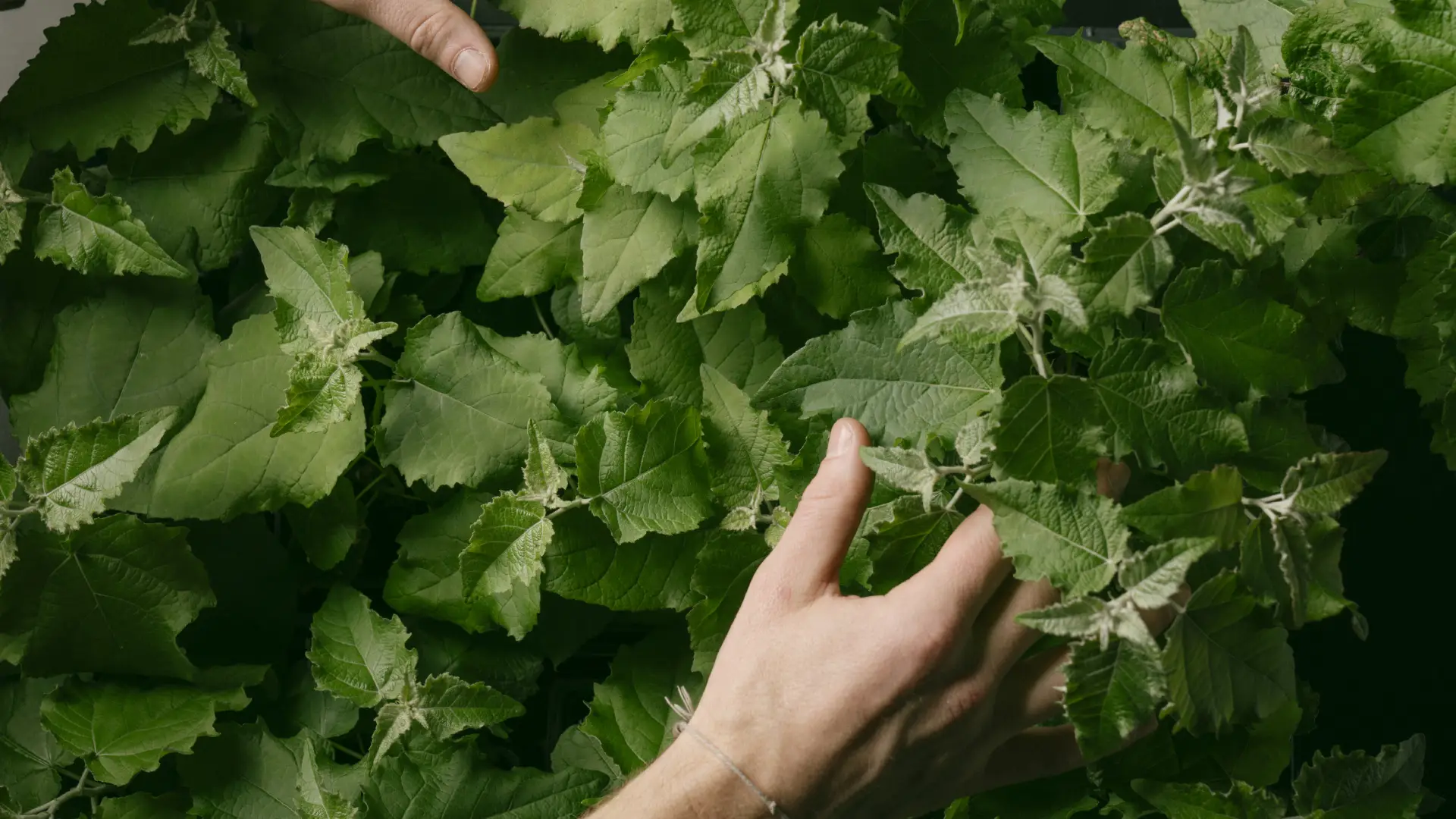https://www.lifegate.it/living-carbon-alberi-bioingegnerizzati-raccolgono-co2
- |
- Living Carbon is a biotechnology startup that is testing GMO plants to increase CO2 capture and storage.
- The company reported that its poplars grew more than 50 percent faster than unamended ones during a five-month test in a greenhouse.
- Now, the first biotech trees have been planted in a private field in the state of Georgia.
- The findings could help against the climate crisis, but there is also concern about introducing modified shrubs into the environment.
Increase the efficiency of photosynthesis in the trees so as to make them grow faster and capture more C02 from the atmosphere.This is the innovative biotechnology process implemented by the American startup Living Carbon which recently has planted the modified shrubs in a lawn for the first time outdoor.The San Francisco-based company plans to plant 4 to 5 million trees by the middle of next year, which they say will help in the fight against climate change.

The Living Carbon project
The Living Carbon team has created in the laboratory a system for enhancing photosynthesis in poplar trees.By increasing the efficiency of the natural process, they can help trees grow faster and therefore to increase the capture of CO2 from the atmosphere.After initial tests with several generations of tree seedlings studied in a controlled environment, the enhanced poplars showed a 53% increase in biomass production.Data generated from molecular, morphological and physiological analyzes also indicate that the design works as intended and therefore the new shrubs could be useful in the fight against climate change.“We continue to study photosynthesis-enhanced plants in field trials, along with other mechanisms of action for photosynthesis enhancement and extending the duration of carbon storage in trees” the researchers explained by Living Carbon.

Genetic engineering has grown rapidly in recent years, becoming a major area of interest and research in the scientific community.Given the damages due to cclimate changes and extreme weather conditions, governments and scientists around the world are looking for various ways to reduce the harmful presence of CO2.An innovative method to do this is to use genetic engineering to make the shrubs taller and with more leaves, so that they are much more efficient in absorbing the element harmful to the environment.
The importance of trees and possible negative effects
For its experiments, Living Carbon has selected a path to update photorespiration and tested its effectiveness on photosynthetic improvement in hybrid poplar trees.Photorespiration is a collateral process of photosynthesis that slows growth and releases carbon into the atmosphere in the form of CO2.To grow faster, modified trees recycle a toxic byproduct of photosynthesis with less energy, capturing more CO₂ over time.

“We incorporated the natural processes of other plants and algae to achieve the same effect of avoiding photorespiration.The result is the creation of plants that convert CO₂ more efficiently”, we read in the project presentation document.Plant biotechnology involves the integration of one or more new pieces of DNA into the host genome;many of the first trees changed by Living Carbon started soon to show faster growth, as evidenced by the increase in height and volume, as well as by stem diameter measurements.The team transferred these plants from tissue culture boxes into soil pots to grow in the company's greenhouse.
Living Carbon has yet to publish scientifically reviewed articles;its only publicly reported results come from a greenhouse trial that lasted a few months.These data have intrigued some experts, but the scientific community has also focused on possible negative effects regarding the introduction of altered species between normal trees and the risks due to the adaptation of animals and insects to the new shrubs.“The poplars used by Living Carbon are all female, so they cannot produce pollen. They could be pollinated by other poplars of wild variants, but they do not normally interbreed with native species in the southern United States – explained forestry researcher Giorgio Vacchiano during a episode of the News from Planet Earth podcast –.Genetic improvement technologies could provide important support for the use of trees and forests for mitigation and adaptation to the climate crisis, provided carry out careful monitoring to immediately identify any unwanted environmental effects”.Among the possible unfavorable conditions, the risk of outcrossing, in which genes from modified trees pass into wild plants and other crops, potentially creating new invasive species or altering existing ecosystems, as well as a reduction in other types of plants, particularly native and endangered species.There is also a potential harm to human health whether biotech trees produce allergens, toxins or carcinogens that can affect people who consume their products or come into contact with them.
The field test
Tests in the greenhouse reported that the modified poplars grew up to 53 percent more in five months compared to the unmodified ones, capturing 27 percent more carbon dioxide, according to a company statement.In February 2023, the startup's employees planted rows of new poplar trees in southern Georgia, starting the field test whose results will be available in the coming months.
Now, the company hopes to soon begin more field trials in locations like Oregon and Pennsylvania to achieve similar success to what happened in the lab.The team is currently focused on sowing on private land.In 2021, Living Carbon received a $500,000 grant from the US Department of Energy, in addition to an investment round of 36 million dollars.The proceeds demonstrate the public and private interest in bioengineered trees that could remove billions of tons of carbon dioxide from the atmosphere once planted on a large scale.If the field test proves valid and the negative effects are adequately considered, bioengineered trees – Living Carbon's request is not to define them as genetically modified – could arrive in forests, changing the height of trees and contributing to the fight against the climate .
